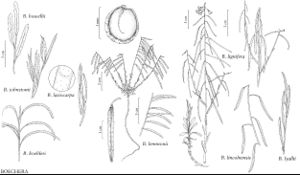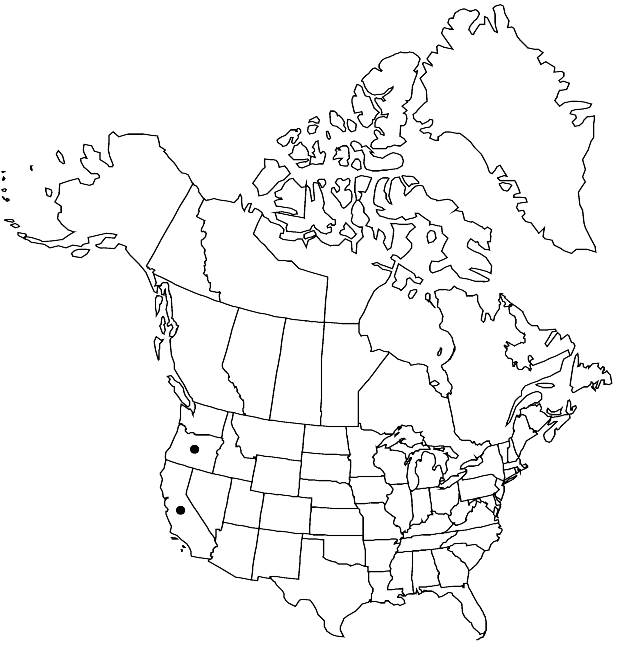Difference between revisions of "Boechera koehleri"
Novon 13: 386. 2003.
FNA>Volume Importer |
imported>Volume Importer |
||
| (One intermediate revision by the same user not shown) | |||
| Line 60: | Line 60: | ||
|publication year=2003 | |publication year=2003 | ||
|special status= | |special status= | ||
| − | |source xml=https:// | + | |source xml=https://bitbucket.org/aafc-mbb/fna-data-curation/src/2e0870ddd59836b60bcf96646a41e87ea5a5943a/coarse_grained_fna_xml/V7/V7_544.xml |
|tribe=Brassicaceae tribe Boechereae | |tribe=Brassicaceae tribe Boechereae | ||
|genus=Boechera | |genus=Boechera | ||
Latest revision as of 22:34, 5 November 2020
Perennials; long-lived; sexual; caudex woody (with persistent, peg-like leaf bases). Stems usually 1 per caudex branch, arising from center of rosette, elevated above ground surface on woody base, 0.8–4.5 dm, pubescent proximally, trichomes stalked, 2–4-rayed, to 0.5 mm, mixed with simple ones, to 1 mm, glabrous distally. Basal leaves: blade narrowly oblanceolate, 1–3 mm wide, margins entire, ciliate proximally, trichomes (simple), to 1 mm, surfaces moderately to sparsely pubescent, trichomes stalked, 2–4-rayed, 0.1–0.3(–0.5) mm. Cauline leaves: 3–17(–30), rarely concealing stem; blade auricles 0.5–2.5 mm, surfaces of distalmost leaves glabrous. Racemes 6–20(–35)-flowered, usually unbranched. Fruiting pedicels divaricate-ascending to horizontal, straight, 10–18 mm, glabrous or sparsely pubescent, trichomes spreading, simple and 2-rayed. Flowers ascending at anthesis; sepals pubescent; petals deep purple to magenta, 8–12 × 2.5–4 mm, glabrous; pollen ellipsoid. Fruits divaricate-ascending to widely pendent, not appressed to rachis, not secund, usually curved, rarely straight, edges parallel, 5–7.5 cm × 1.8–2.5 mm; valves glabrous; ovules 58–94 per ovary; style 0.05–0.2 mm. Seeds uniseriate, 1.3–1.8 × 1.2–1.5 mm; wing continuous, 0.1–0.2 mm wide.
Phenology: Flowering Apr–May.
Habitat: Serpentine and limestone outcrops
Elevation: 100-500 m
Discussion
Boechera koehleri var. koehlerei is in the Center for Plant Conservation’s National Collection of Endangered Plants.
Selected References
None.

